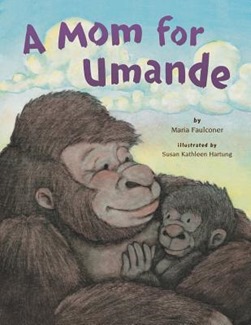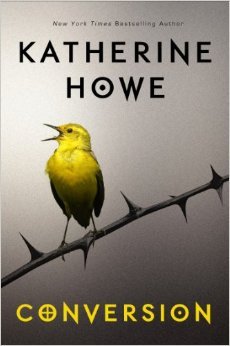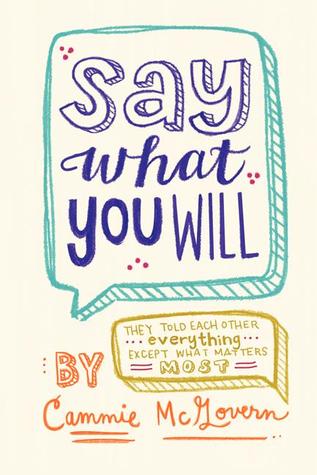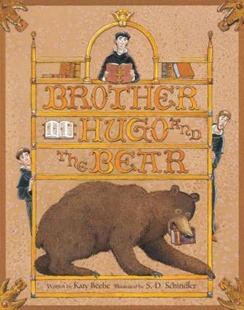Infinite Sky by C. J. Flood
This book begins with the death of a boy but the identity of the dead person is not revealed. We are then taken back to the beginning of summer, three months after Iris’ mother has left their family and just as the travelers come to stay in the field near Iris’ home. She lives with her father and Sam, her brother, who continues to struggle with his mother leaving. Iris starts watching the travelers in the field and becomes friends with Trick, a boy who is easy to talk to and easy to listen to. Tensions start to rise as a theft is discovered and the travelers are blamed for it. The long, hot British summer inexorably leads towards the death of one of the boys, but who is it? Is it Trick or Sam?
Flood’s writing is beautiful and detailed. The setting she creates of the British countryside in summer is one that is so finely drawn that you can see it in its entirety. In fact, you can hear it, feel it, smell it too, so clear and strong are her descriptions. The book’s structure of starting with the tragedy that defines the story adds a great amount of tension. Because the boy who dies is not revealed until towards the end of the book, that mystery is a focus. Yet at times one is also lost in the summer itself, its heat and the freedom it provides.
Flood has also created a complicated group of characters in this book. All of the characters have complicated family lives, whether it is a mother who left or an abusive father. Yet these characters are not defined by those others, they are profoundly affected by it, but are characters with far more depth than just an issue. This is a book that explores being an outsider, falling in love, expressing emotions, and most of all being true to yourself and doing what you know is right.
A perfect read for a hot summer day, this is a compelling mix of romance, mystery and tragedy. Appropriate for ages 12-14.
Reviewed from copy received from Atheneum Books for Young Readers.



















